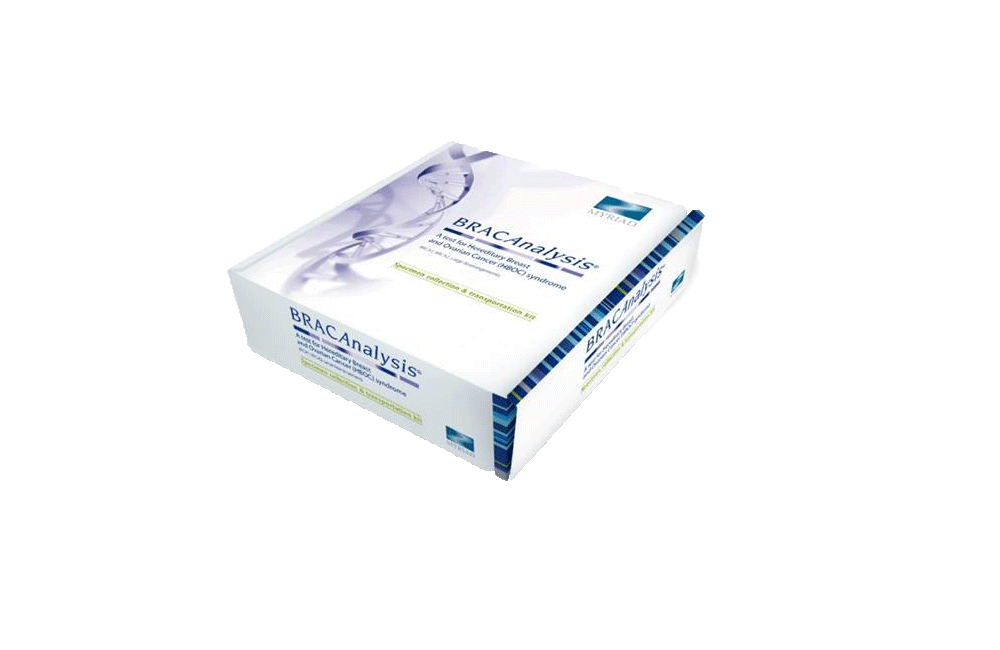
BRACAnalysis ®
BRACAnalysis ® is a genetic test that detects the presence of a BRCA1 or BRCA2 gene mutation. BRCAmutations are responsible for the majority of hereditary breast and ovarian cancers. People with a mutation in either the BRCA1 or BRCA2 gene have risks of up to 87 percent for developing breast cancer and 39-63 percent for developing ovarian cancer by age 70. Mutation carriers previously diagnosed with cancer also have a significantly increased risk of developing a second primary cancer. In fact, patients with these types of mutations have an up to 64 percent chance of developing a second breast cancer by age 70.
